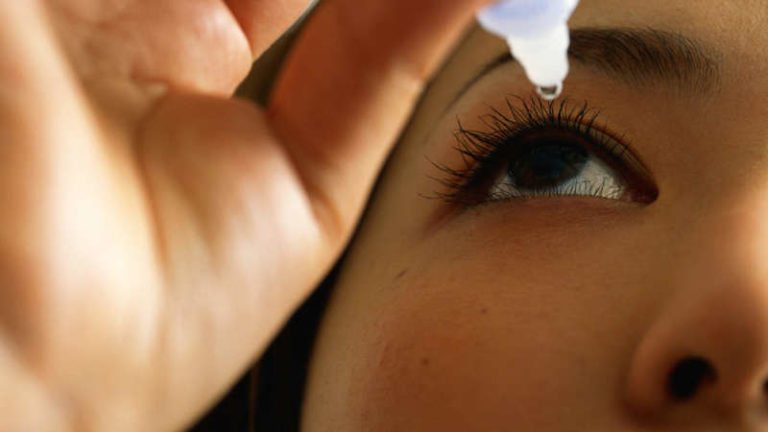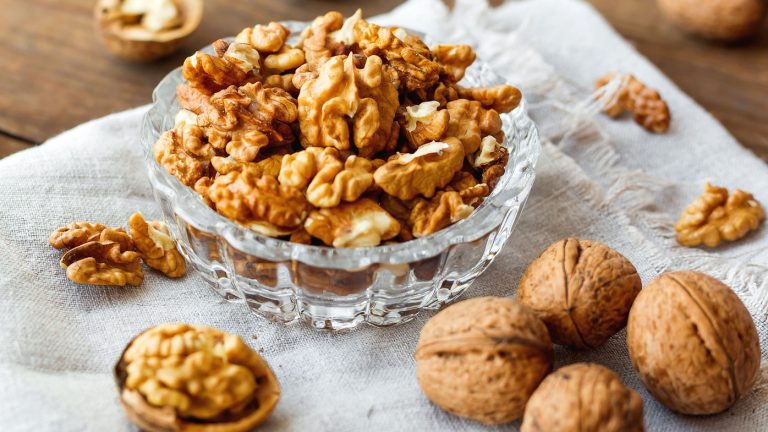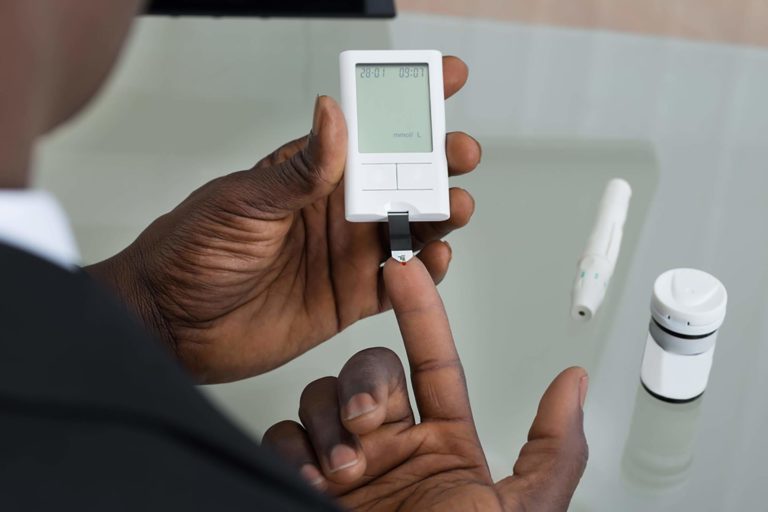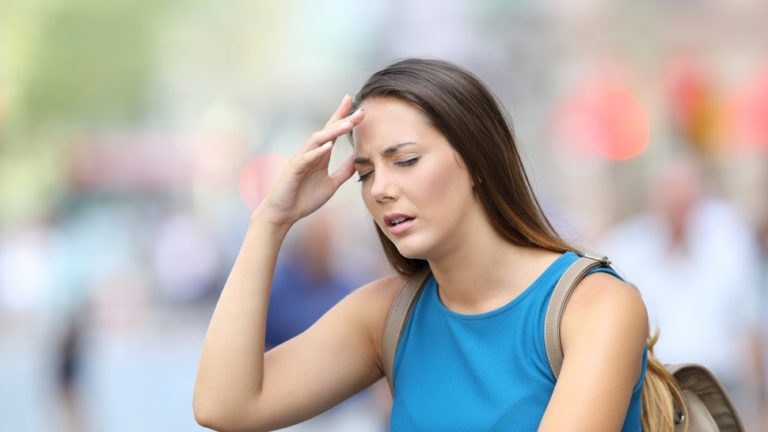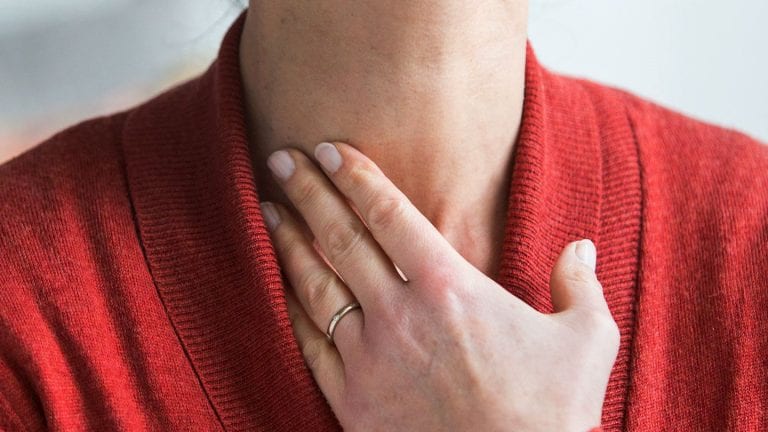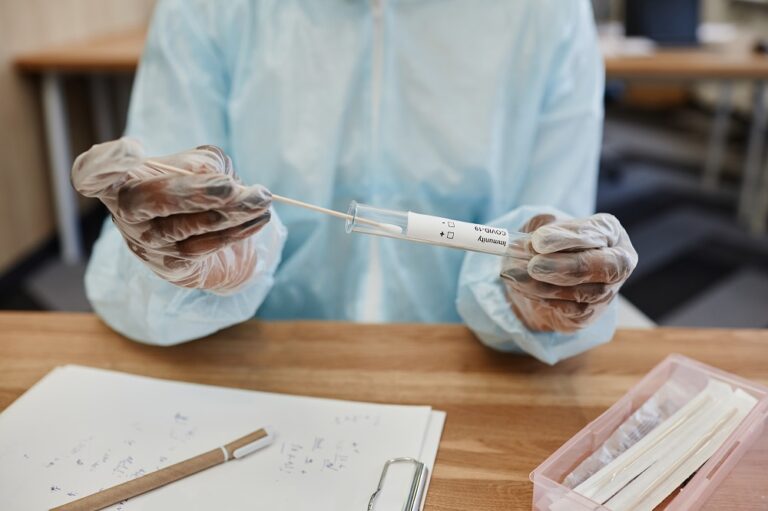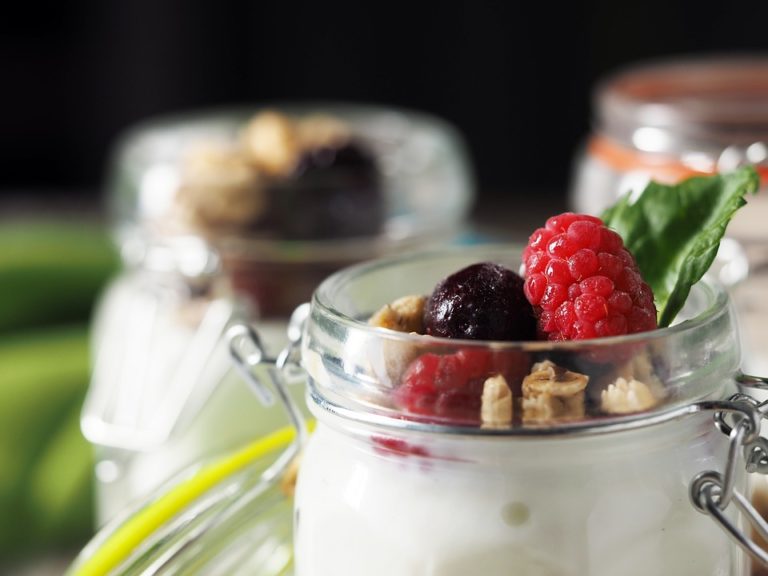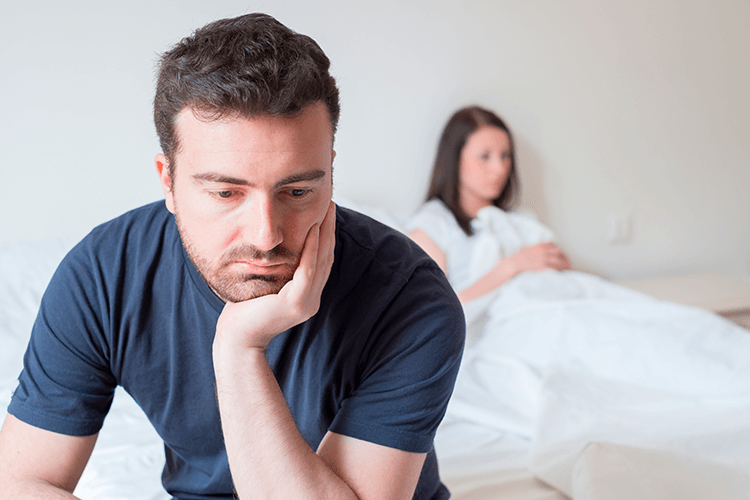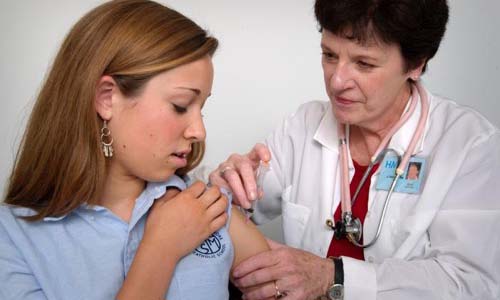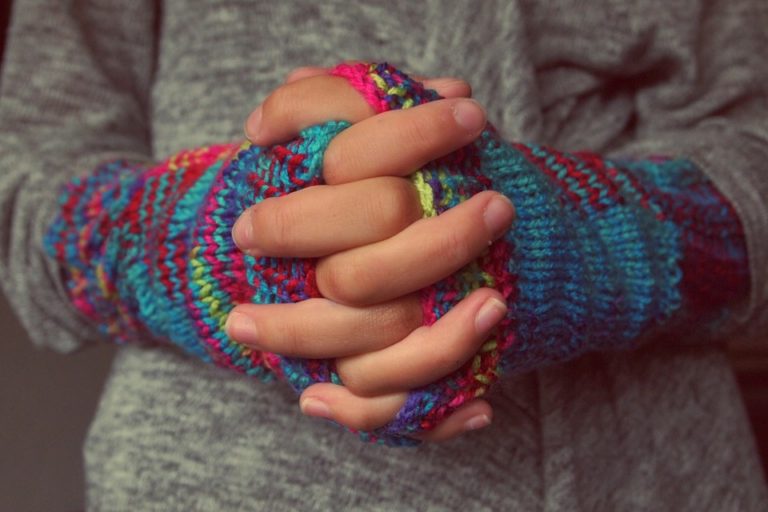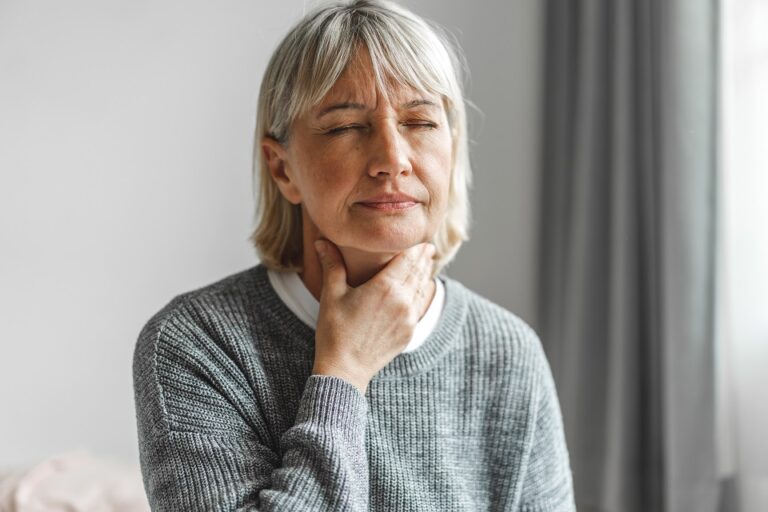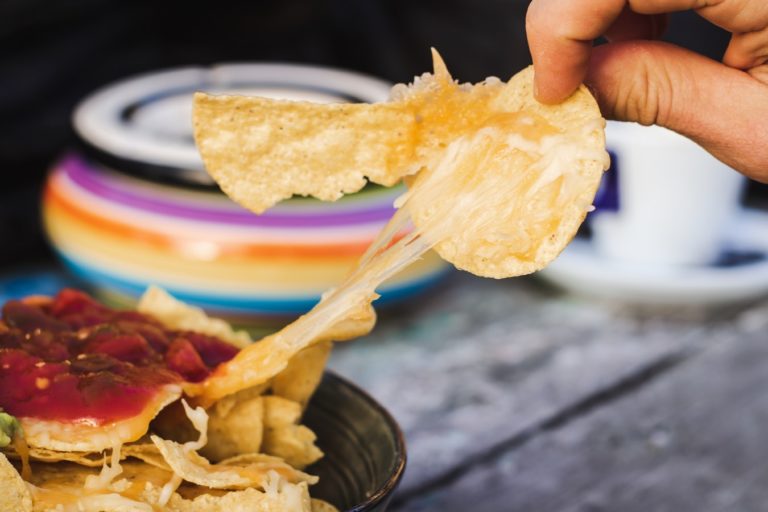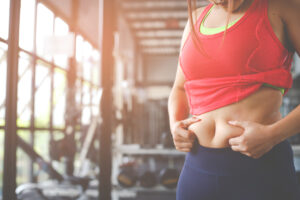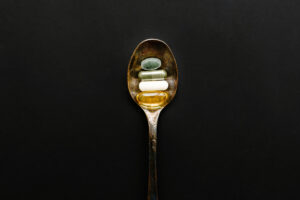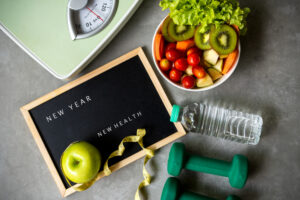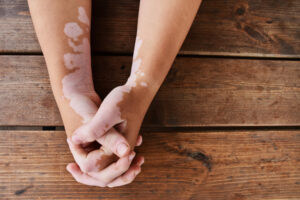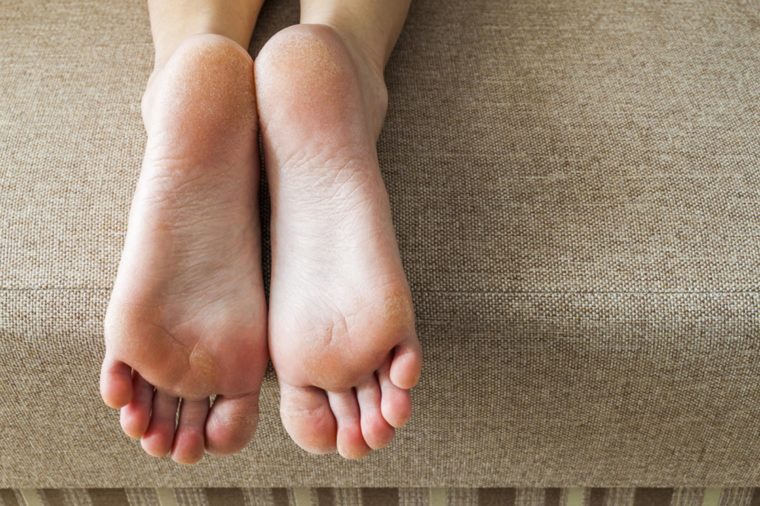
There’s only one slight difference between a corn and a callus: Corns occur at the top of the feet and over the toes, while calluses tend to come up on the ball or bottom of the foot, says John Giurini, MD, the chief of podiatric surgery at Beth Israel Deaconess Medical Center in Boston, MA.
In both cases, it’s a thick tissue that develops over pressure points, Giruini explains. And both are usually caused by boney deformities—typically hammer toes can cause corns and abnormalities along the bones of the foot can lead to calluses. “They’re almost always related to some type of abnormality,” says Giurini.
While Giurini says you can use at-home treatments and over-the-counter meds to treat corns and calluses, they do often come back (unless you fix the structural problem). In the meantime, try these remedies to curb the issue.
Pumice stone
Giurini says the simplest thing to do with corns and calluses is to shave them down. So soak your feet in warm water for about 10 minutes, then take a pumice stone to the infected area.
Apple cider vinegar
Most over-the-counter creams include an acid (typically salicylic), which dissolves the thick skin and helps the extra layer fall off, Giurini explains. Apple cider vinegar works similarly. Try dabbing it on with a cotton ball or holding it on the rough patch for a few minutes to let it soak in.
One important note: “[Acids] don’t discriminate between thickened skin and normal skin,” says Giurini. “That means this can lead to irritation. Patients with diabetes shouldn’t use these, as it could cause a sore that may not heel.” Be careful when you apply any acid, trying to maintain it to the affected area only. If your skin gets red, irritated, or burns, stop using the treatment.
Lemon
The acid in lemons can help get rid of corns. Before going to sleep, cut a slice of lemon peel about an inch long and the width of your toe. Place the pith over the corn, securing with a bandage and covering with a white cotton sock overnight. Continue each night until the corn disappears.
Castor oil
Here’s how to get rid of corns specifically on toes: Place a non-medicated, O-shaped corn pad around the corn. Use a cotton swab to dab a few drops of castor oil onto the corn, then cover with adhesive tape to keep it from moving. Wear old socks in case the castor oil leaks through.
Keep in mind, like apple cider vinegar, castor oil has an acid that can irritate normal skin, says Giurini, so it’s important to try to stick it only to the corn.
Aspirin
Here’s how to get rid of corns with a pain reliever: Crush five or six uncoated aspirin tablets and mix with equal parts apple cider vinegar and water. Once you’ve added enough to form a paste, rub it onto a corn or callus, using a bandage to hold it in place.
After at least ten minutes, the bump should be loose enough to gently rub off with a pumice stone. This is one of the stronger acid combos, so make sure you keep it to the corn or callus—avoid it working on your healthy skin.
Epsom salts
For calluses, toss a handful of Epsom salts into a basin of warm water, then soak your feet for about 10 minutes. Once the dead skin has softened, use a callus file or pumice stone to file down the layers. Continue to rub the callus down a bit each day after a bath or shower.
Baking soda
Just like an aspirin paste, baking soda steps up to help you shave off your thick skin. Mix it with water to create a paste that you can rub into skin.



